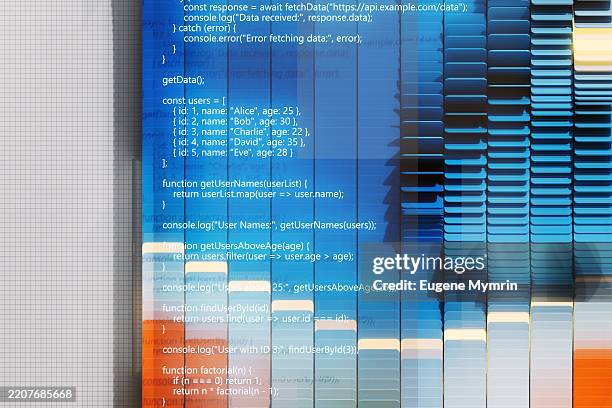Next-Gen React State Management with Zustand and TanStack Query
React state management has evolved significantly. While Redux remains a powerful option, its boilerplate can be overwhelming for smaller projects. Zustand and TanStack Query offer a compelling alternative, providing a lightweight yet robust solution for managing both local and remote data. This blog post explores how to leverage these libraries for efficient and scalable state management in your React applications.
Concepts: Zustand and TanStack Query
**Zustand:** A small, fast, and scalable state management solution. It uses a minimalistic approach, relying on the simplicity of context and hooks. Its ease of use makes it ideal for projects of all sizes, avoiding the complexities of Redux. Key features include minimal boilerplate, easy debugging, and excellent performance. **TanStack Query:** A powerful data fetching library that simplifies asynchronous operations. It handles caching, background updates, and error handling automatically. Its features include efficient caching strategies, optimistic updates, and pagination support. Integrating it with Zustand provides a seamless way to manage data fetched from APIs.

Code Example: Fetching and Displaying Data
Let's build a simple example fetching a list of posts from an API using TanStack Query and managing the state with Zustand. We'll assume a simple API endpoint that returns an array of post objects.

Tips and Best Practices
• **Keep your Zustand stores focused:** Create smaller, more specific stores rather than one large, monolithic store. • **Utilize TanStack Query's caching effectively:** Leverage its built-in caching mechanisms to reduce redundant API calls. • **Handle errors gracefully:** Implement proper error handling in both Zustand and TanStack Query to provide a better user experience. • **Consider using `devtools`:** Zustand provides devtools for easier debugging and state inspection.

Conclusion
Zustand and TanStack Query offer a modern and efficient approach to state management in React applications. Their combination minimizes boilerplate, enhances performance, and simplifies complex data fetching logic. By following the best practices outlined above, you can build robust and scalable React applications with ease.
Comments
Post a Comment